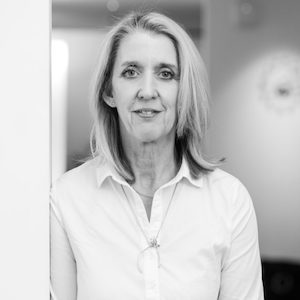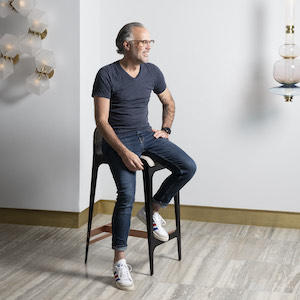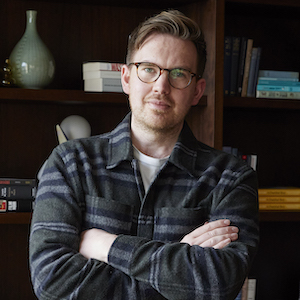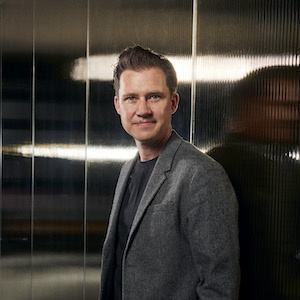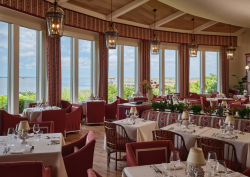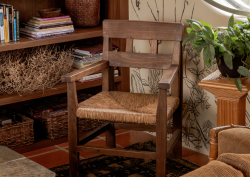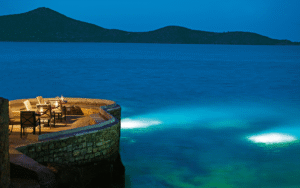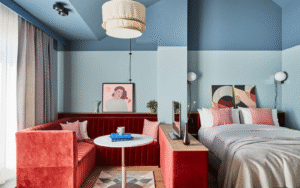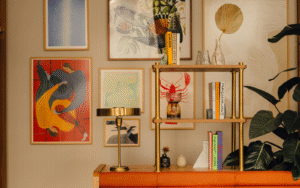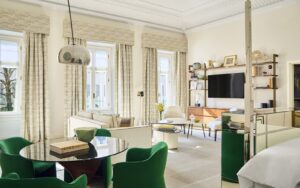With the aim to rediscover meaning in hotel design and hospitality, Editor Hamish Kilburn welcomed six leading interior designers to Gabriel Scott’s London showroom in Mayfair, to peel back the design layers that surround luxury hotels in 2023 and beyond…
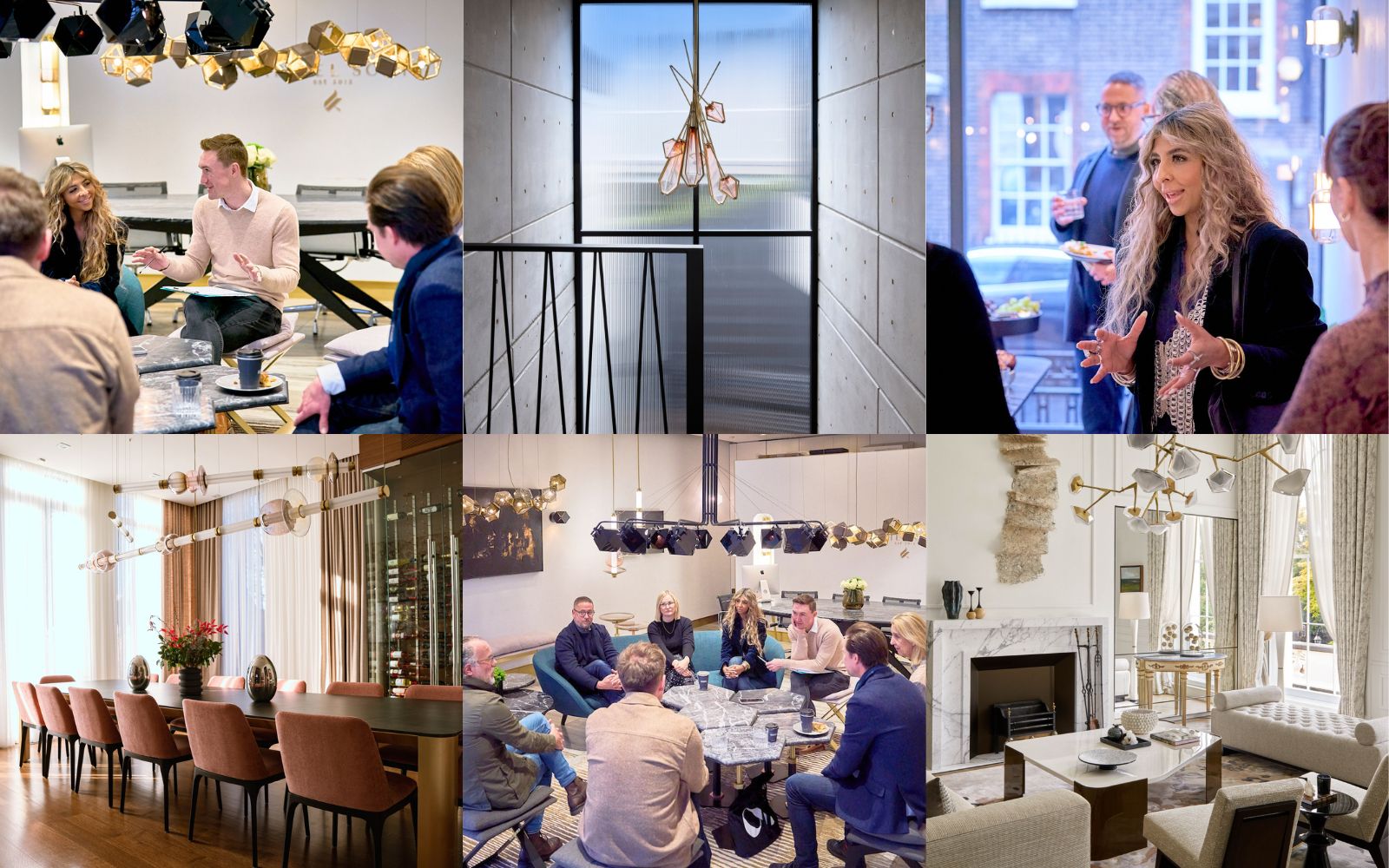
What is luxury, and how do we measure it? These questions have challenged interior designers, architects, hoteliers and brands since the first ‘luxury hotel’ emerged at the end of the 18th century. So, given the progress the hospitality scene has made from the beginning to now, why don’t we have the answer yet?
Today, luxury in hotel design is defined by textures, finishes, furniture, lighting and, above all, experiences. While designers are tasked to create spaces that feel meaningful – perhaps more paired back than in previous years – more manufacturers are designing one-off, statement pieces among their portfolio, to feed the demand for creating lasting impressions.
Contemporary lighting and furniture brand Gabriel Scott believes that answering this dynamic call from designers for ‘something new and exciting’ requires a smarter approach than simply unveiling another collection. Introducing Welles Reimagined. Launched at Milan Design Week 2022, the lighting collection was born from authentic collaboration between brand and designer, a relationship that, in modern times, adds unmatched layers. The company worked with six renowned designers from around the world, allowing them to reinterpret its iconic lighting piece, the Welles.

Image credit: Gabriel Scott
The results from that purposeful project can be found hanging in the brand’s London showroom in Mayfair, which was the venue of Hotel Designs’ latest roundtable discussion. Together with Gabriel Scott, we welcomed leading interior designers to sit around the chandelier – an interpretation, if you like, of a crystal ball – to cast their opinions on how luxury in hotel design is being reimagined in 2023 and beyond.
On the panel:
Hamish Kilburn: In terms of texture, furniture and lighting, how would you interpret luxury in 2023?
Tom Blackshaw: Firstly, from when the pen hits the paper in drawing stages to the completion of the project, we are normally working on projects over years. Therefore, I think ‘trends’ are largely obsolete in hotel design, and designers are responsible for ensuring the design has longevity. I think luxury in 2023 is generally more paired back, and I am definitely noticing sample boards getting smaller, which feels more considered.
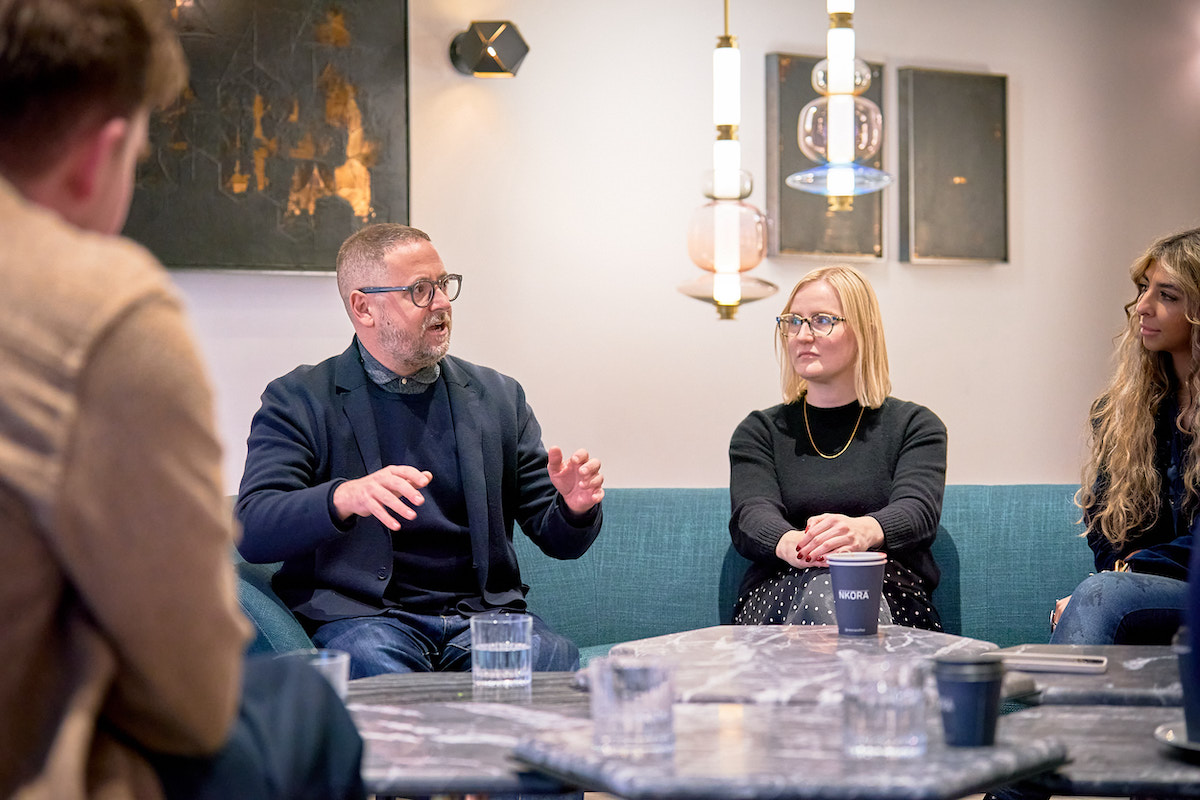
Image credit: Josh Caius Photography
Charlie North: Interpretations of luxury are also changing quickly. Take Annabel’s, for example, in Mayfair, London. Five or six years ago, Martin Brudnizki amplified luxury in a very maximalist way. There is a trend moving towards confident, simple and paired-back design schemes now where the juxtaposition and layering is, for example, between neutral tones in soft furnishings and bold carpets. I have seen this in some of our brands more than others.
Fiona Thompson: Luxury isn’t theatre. It’s not window dressing or creating a backdrop. Instead, it has longevity, and as interior designers we are building something that is purposeful and has a relationship with the architecture. We need to consider elements and materials with synergy and focus on things that last. We are currently working on and revisiting projects that we first designed 20 years ago, and we are hardly changing the bathrooms – or the fabric of the building for that matter. Interiors have never been fashion-driven. That’s not to say you can’t have pop-up elements in hotels, but the main project – the overall design scheme – has more of a purpose.
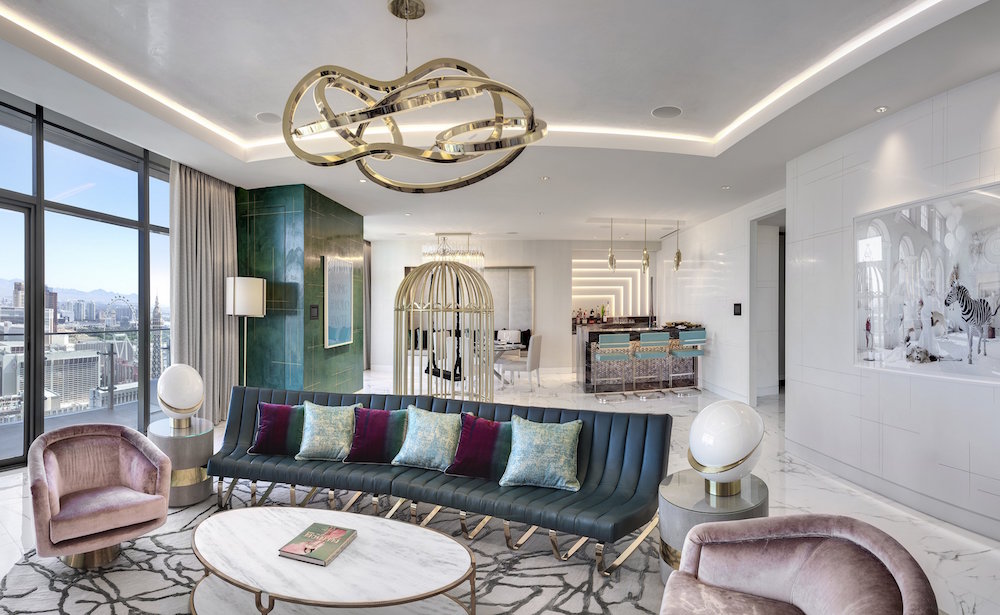
Image credit: The Cosmopolitan, designed by Richmond International
Simon Kincaid: The point on reduction is important when discussing luxury in 2023 – reducing the quantum of materials. Now, elements are not fighting against each other, and designers and clients are able to invest parts of the budget into features, which makes more sense considering how people experience hotels these days. I have found that guests leave hotels and spaces with three memories. Essentially, instead of being worried about 20 different features in one room, designers can create more impact by making three impactful statements well.
FT: This also just gives interiors space to breathe.
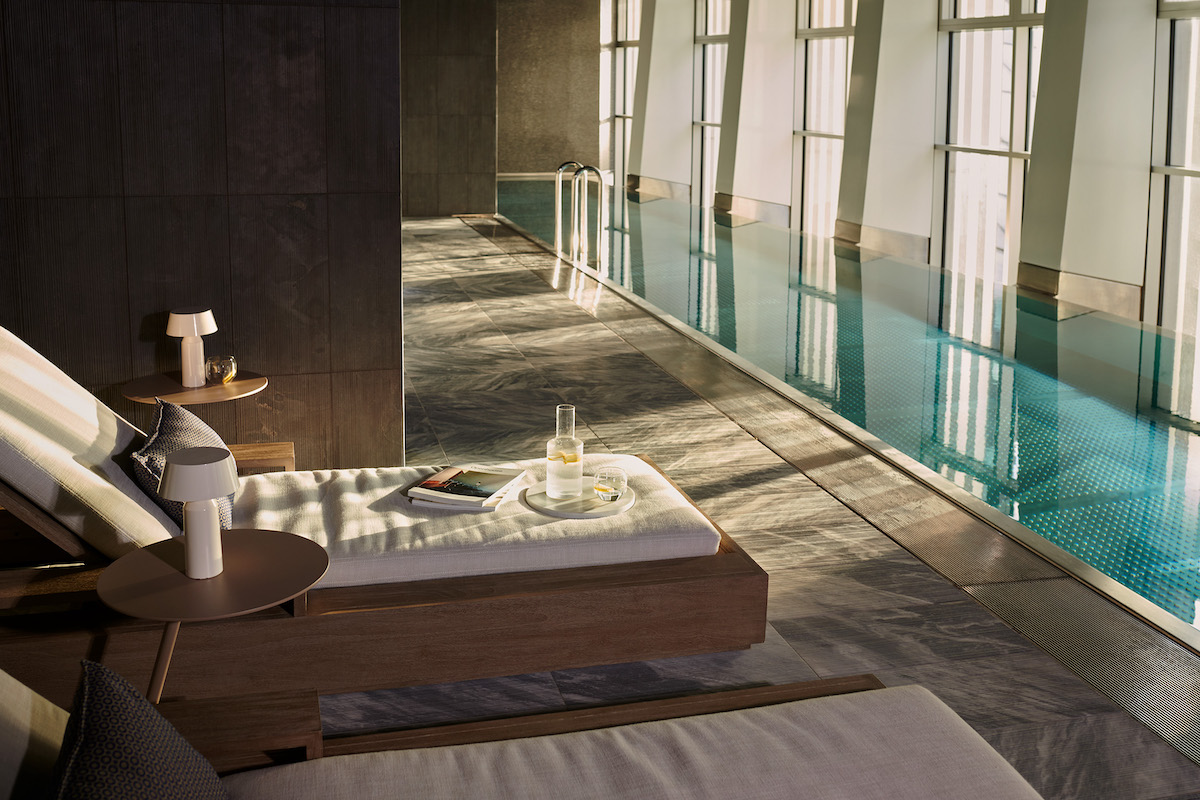
Image credit: Conran & Partners
Hena Yadev: Design is simply becoming more human-centric, and we are certainly feeling this in the luxury projects we are working on, including the Mandarin Oriental Maldives. The fact that you want to come into a space and make memories suggests that there needs to be an emotional connection in the first place. So, using materials that have a pedigree, that don’t offend or hurt anyone, gives you an emotional satisfaction. It’s not just about things being recyclable or having a long lifespan. It is also about the beginning and end. From what we are seeing, guests experience spaces they want to feel part of.

Image credit: Josh Caius Photography
SK: Most of us will have seen things sourced more locally in recent years, which is positive across all price points, and it adds variety and sense of place into a project.
Kate Jarrett: We really try to work and collaborate with craftspeople early on in the design process. When creating a custom piece, it’s so important to understand the artist’s creative process, to allow their design to form part of the wider narrative.
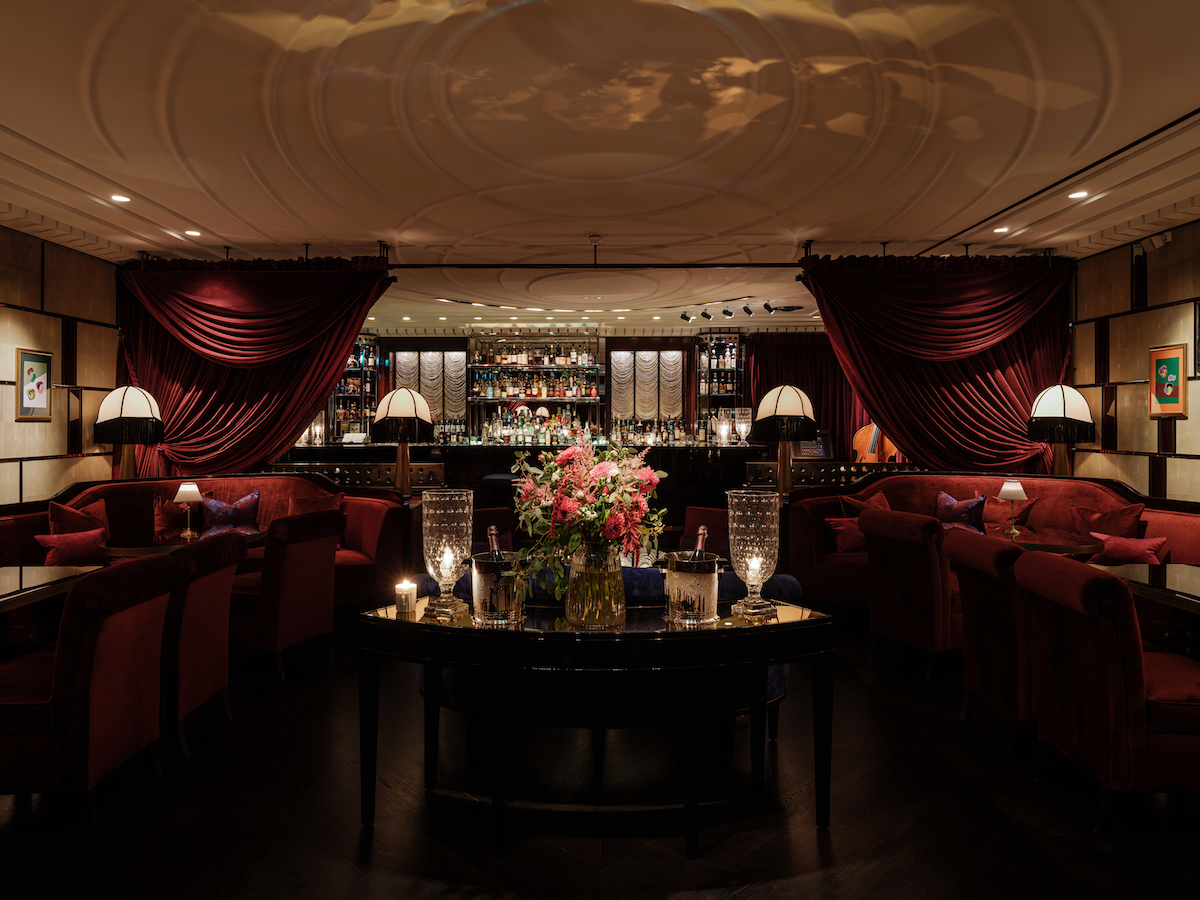
Image caption: Velvet, designed by David Collins Studio, inside Corinthia London. | Image credit: Alex Upton
SK: The other thing is that sustainability as a term is so loaded and has almost become throw-away. The supply chain, knowing about brand’s embodied carbon and their ethical sourcing, for example, is now much clearer – that was, probably, not the case just a few years ago. The whole industry is now on board, which helps.

Image caption: Nobu Hotel London Portman Square, designed by David Collins Studio. | Image credit: Jack Hardy
TB: The technology around recycled materials has come a long way. Five years ago, it would come out as four or five different ‘shades of oatmeal’, but today’s technology has moved on so that now we can inject these compelling stories into our designs without there being an impact on the aesthetics or performance.
Scott Richler: To echo Fiona’s point, we are consistently seeing a demand for lighting and furniture pieces that are made to last. Both from a design and material perspective, we’ve found in the last couple of years in particular that people are much more interested in the process of making and the quality of craft behind the items they invest in.
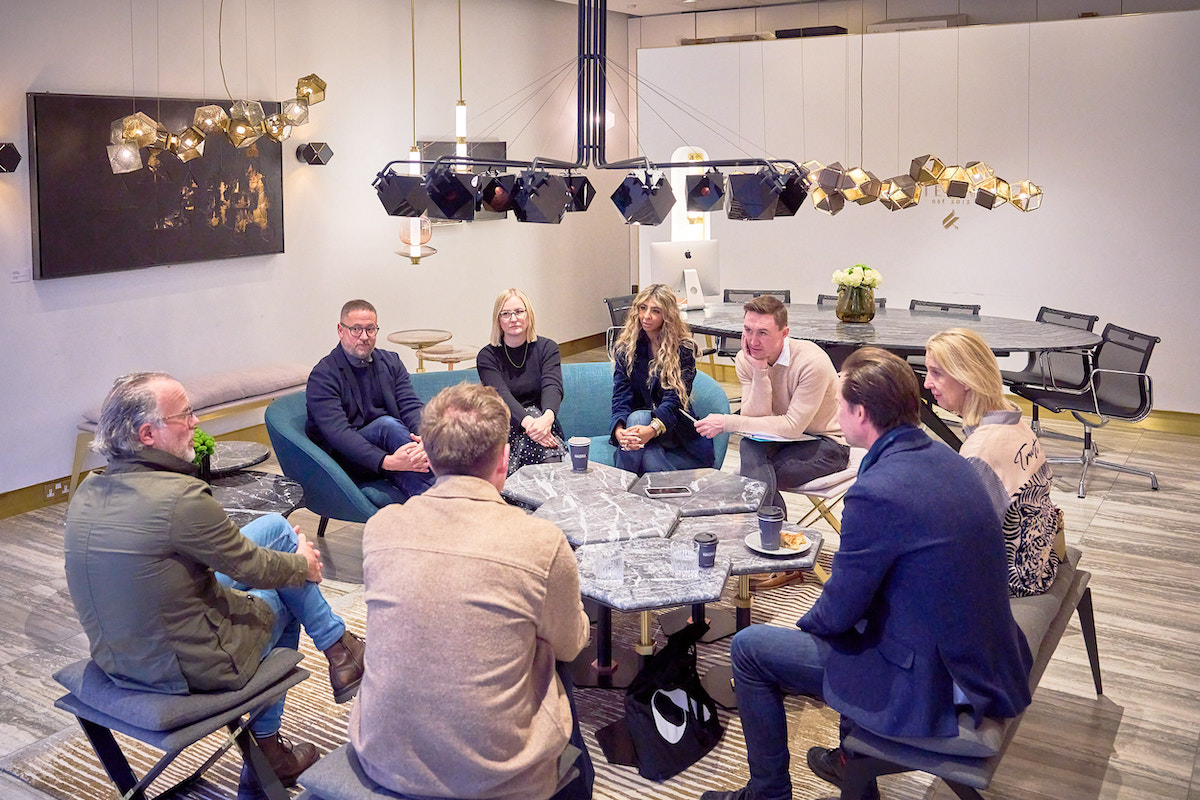
Image credit: Josh Caius Photography
HK: Honestly, cutting through the noise for us, how ‘on board’ are luxury clients to ensure materials and products are sourced responsibly?
FT: It’s tough. We have specified carpet that have been made from recycled plastic from the ocean. That’s a lovely feel-good story, right? But when you really dig into it, the methodology of making that carpet is actually quite damaging. We are starting to ask for brand’s EPD, so that we can establish the carbon rating. To source ethically, responsibly and correctly, it is a laborious process. Things that appear to be sustainable, and look beautiful, are not necessarily so.
The other challenge is that luxury takes time to design. It’s thoughtful and requires research. At the moment, clients are notoriously bad for not giving designers enough time.

Image caption: Anantara Plaza Nice Hotel, designed by David Collins Studio. | Image credit: Ben Broomfield
SR: That is interesting, because as a manufacturer, we are finding that our clients – the interior designers predominantly – are giving us more time because, as you have referenced, they want to understand the whole process and be hands-on when it comes to customisation.
TB: Everyone is risk-adverse these days. The FF&E side of things never used to be on the critical path, which gave you time to develop furniture and lighting. But now, because they want the cost before the development stages, it means that the whole process feels perhaps more rushed. The flip side to that is that it helps you keep a lid on what you are designing. I think this is a catalyst on why things feel more paired back.
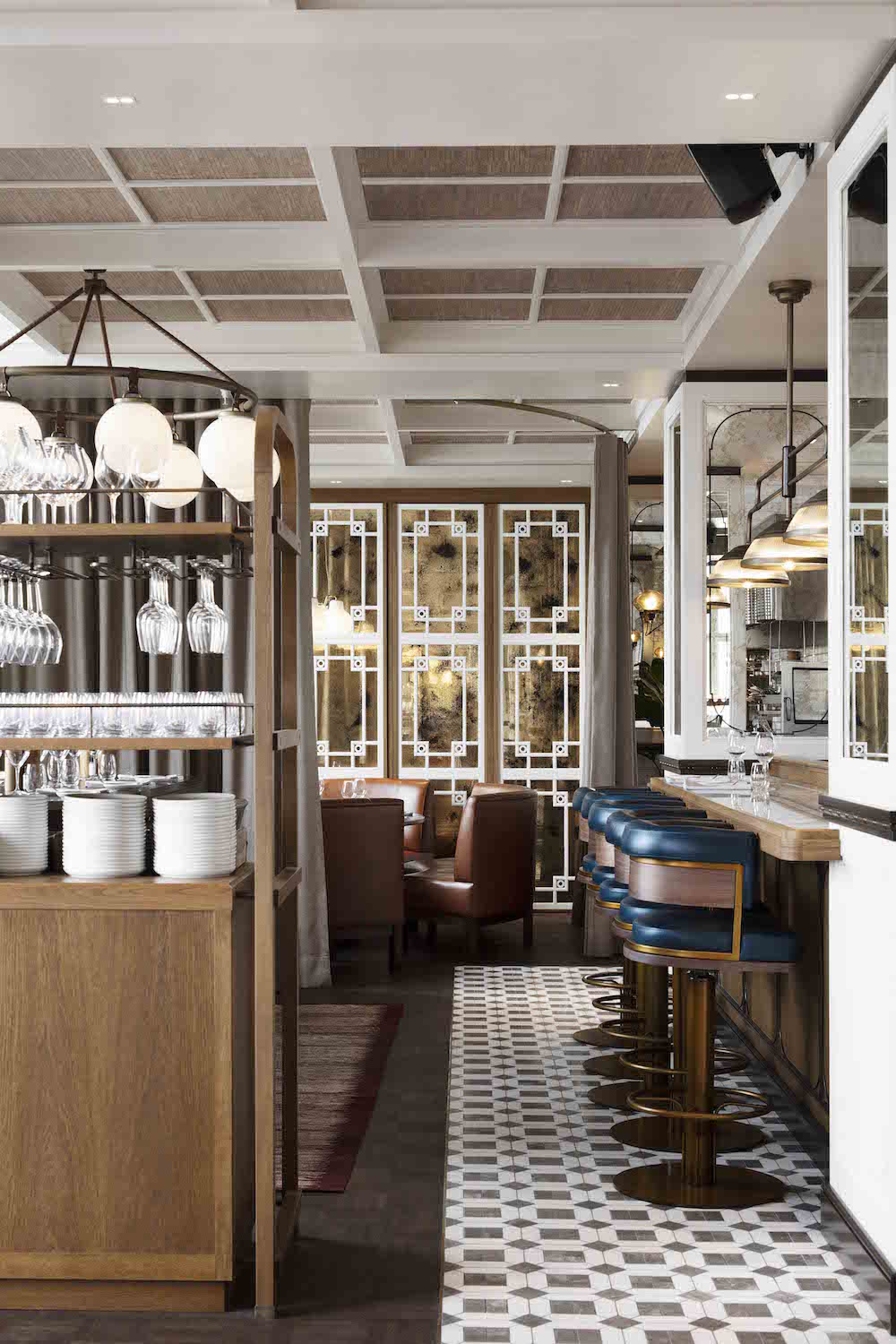
Image credit: F&B areas inside Villa Copenhagen, designed by Goddard Littlefair
HK: How have luxury hotels reacted to the lifestyle sector offering more of a laidback – let’s call it residential – experience?
KJ: Hotel spaces are certainly becoming less formal. We are noticing that clients want people to spend time in all areas of the hotel. There are less boundaries in hotel public areas, which make luxury hotel experiences more accessible for everyone, not just guests.
SR: From a materials perspective, we have certainly seen an increased demand for uniqueness. In the digital age, luxury is no longer dependent on availability – it has become increasingly defined by skill and uniqueness. We often hear from our designer clients that they’re looking to purchase something that can’t be easily replicated. What this means for lighting within luxury hotels is designing unique, sculptural pieces with fluid forms that complement the overall design aesthetic.
HK: How can design make these spaces feel accessible without losing their elevated aesthetic?
CN: Gleneagles is a great example of that, which was a slightly stuffy luxury hotel before Ennismore led the acquisition of it in 2015. We sensitively reimagined it into more of a luxury, lifestyle hotel, and a destination beyond the golf course. When I first visited, before we started working on the hotel, I was in the bar on my laptop and received some odd looks from both guests and staff.
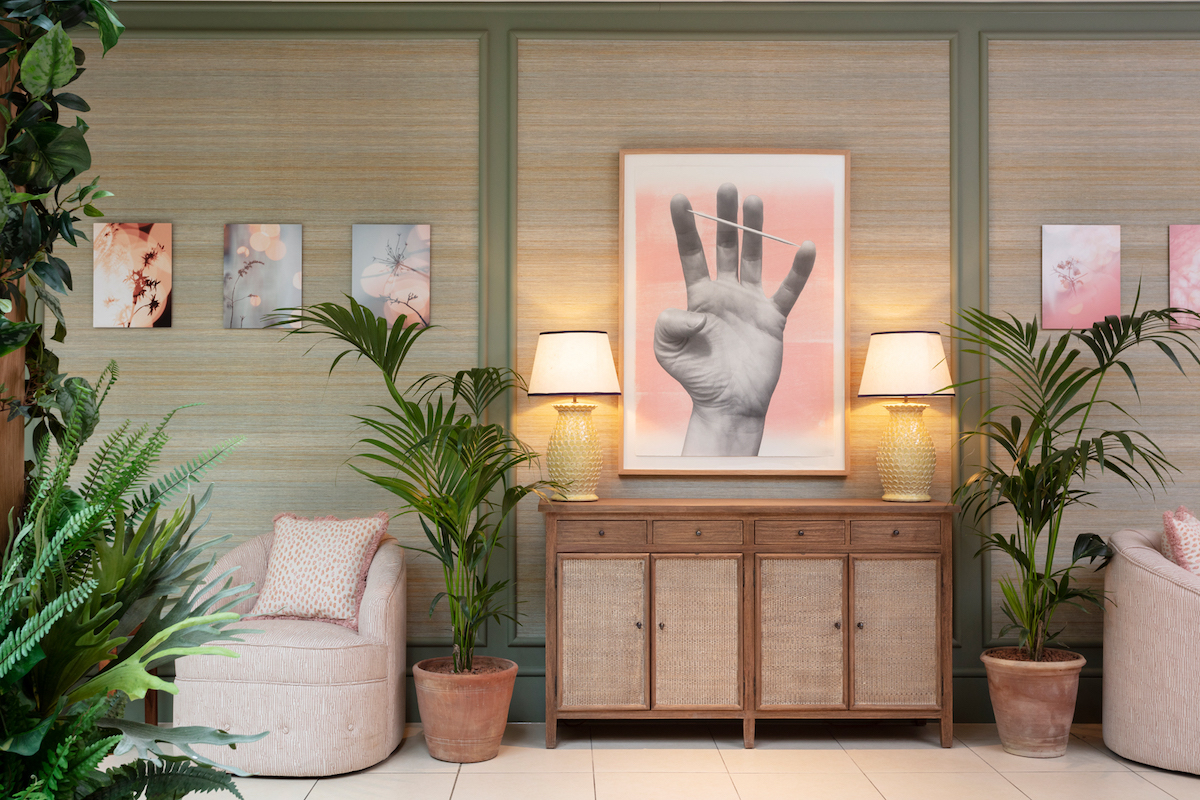
Image credit: Gleneagles / Ennismore
A few years on, with the rise of bleisure trends and luxury hotels being required to have a lifestyle approach to hospitality, the demands have changed. Places like Gleneagles have been redesigned to reflect a softer image. Gleneagles Townhouse, sheltered in a 17th century building in Edinburgh, was a fantastic opportunity for the brand to amplify itself in a city centre. When we worked on the design scheme, we didn’t want it to feel like a museum. So, we decided to feature modern artwork in the public areas create a juxtaposition between the design and the architecture, which resulted in an atmosphere where guests felt comfortable and relaxed in.
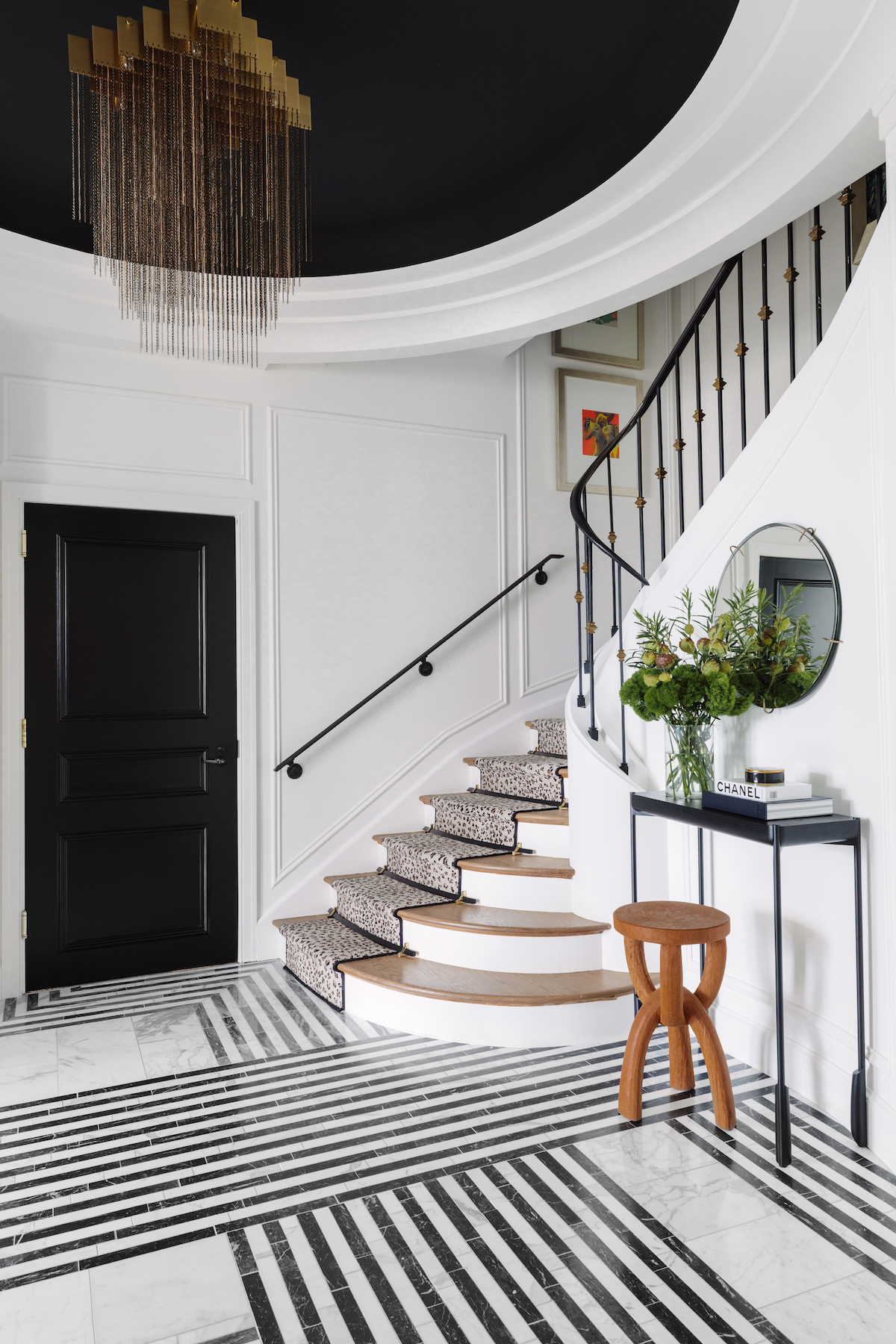
Image caption: Kelly Chandelier by Gabriel Scott. Spaces designed by Alida Coury Interiors,. | Image credit: Aimee Mazzenga
Having said that, there will always be those hotels, especially in London, that don’t have to evolve into feeling more lifestyle, because they are already so iconic. Classic luxury, therefore, still has its place in my opinion.
SK: Lifestyle is more casual and approachable. A lot of luxury brands are taking that on board and eroding the formality. Gleneagles is a great example of how that is being done beyond design – the staff uniform is more casual, and the tone of voice is more relaxed, for example. I see this shift also happening on cruise ships. I see that luxury hotels and brands are tapping into making the private areas more informal but ensuring other areas of the hotel or venue feel more exclusive.
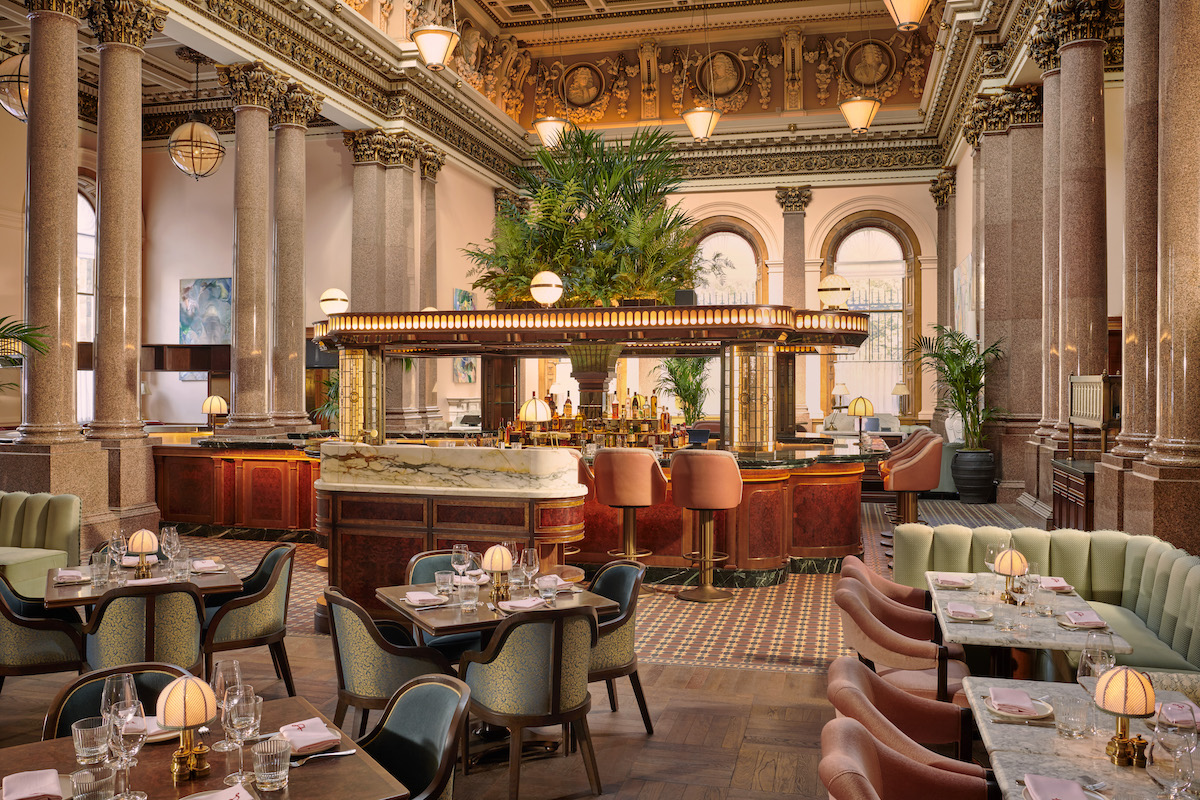
Image credit: Gleneagles Townhouse / Ennismore
FT: We have done a lot of work with Langham Hotels – this brand would not consider itself to be lifestyle. Langham is unusual because it owns and operates, so there is more of an emotional investment in the projects. Langham is old-school luxury – think good service in beautiful spaces. It is not looking to be trendy or cool. In terms of design, though, it is not necessarily traditional. It has been able to keep that traditional luxury feeling while also layering the spaces with contemporary and clean design.
The other thing to consider is that the demographic of the luxury audience is a lot more widespread today than it was say 10 or 20 years ago. The whole approach, therefore, needs to evolve and change.
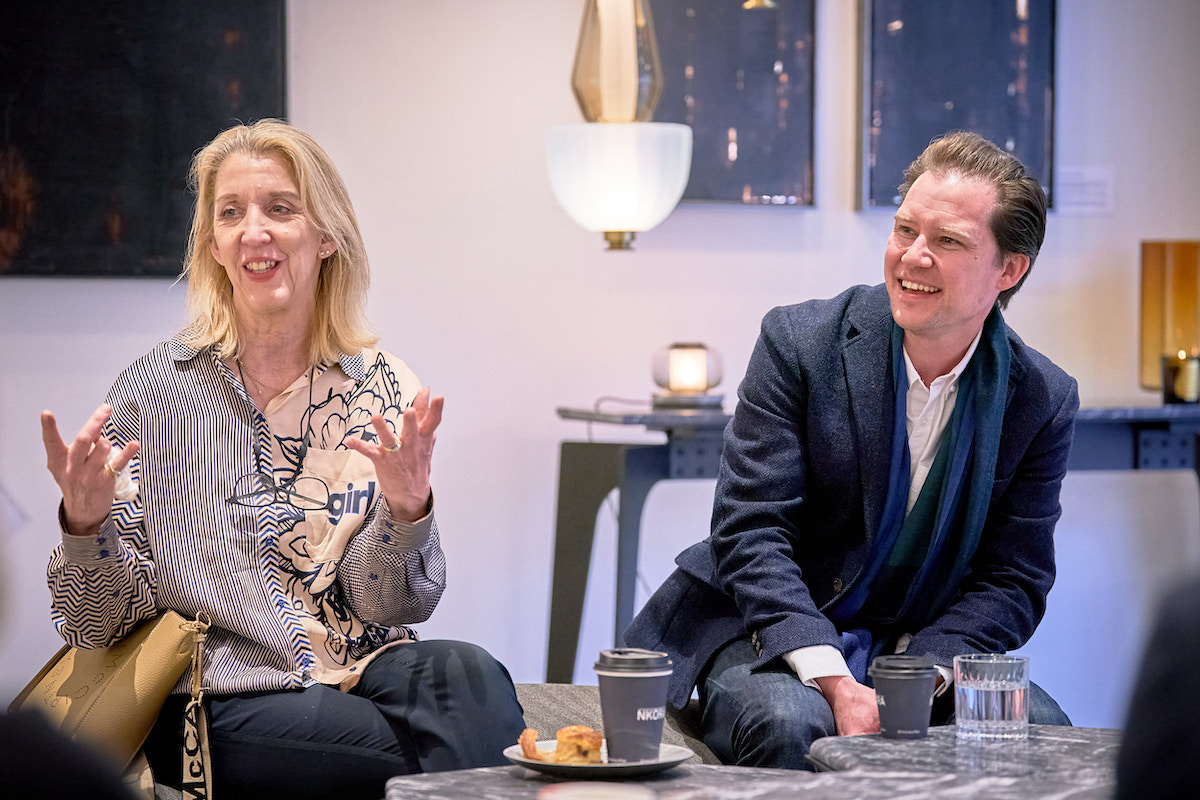
Image credit: Josh Caius Photography
HK: What are some of the pitfalls designers and brands fall into when trying to merge luxury and lifestyle?
TB: I think hotels need to be comfortable in their own skin. Any change to the design and hospitality experience needs to be driven by the hotel’s DNA.
I think hotels need to ensure that design and hospitality are always working. When larger hotel groups evolve into more of a lifestyle feel, it’s so important to think about all touchpoints and activations, such as the F&B offering. If the design scheme is local, then so too should the F&B elements – I’m not just talking about the food, but also the concepts.
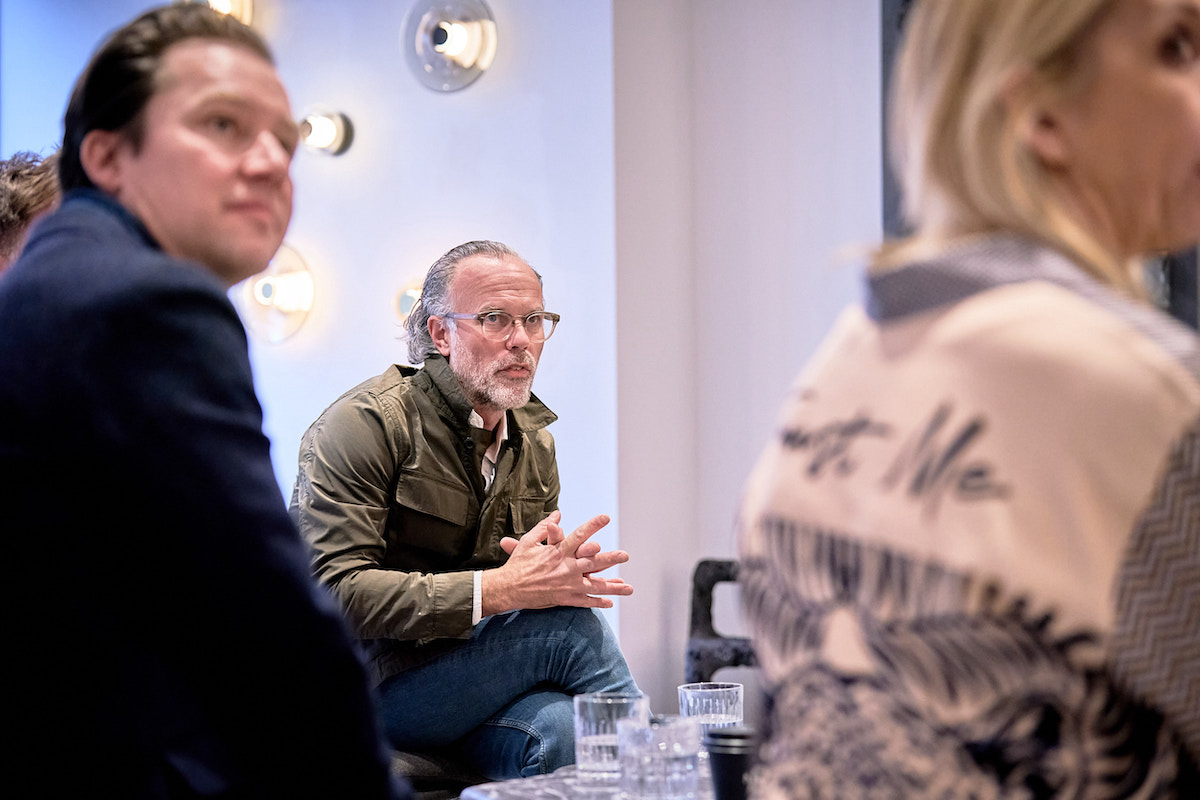
Image credit: Josh Caius Photography
FT: It’s a luxury for us, as designers, to work on projects that are surrounded by interesting cultures and neighbourhoods. For designers working on large-scale developments – look at what is happening in Saudi Arabia, for example – the challenge will be how to inject character, charm and individual personality into each property in an area that is literally being built in just a few years. The other thing, of course, is that luxury in one region means something different in another.
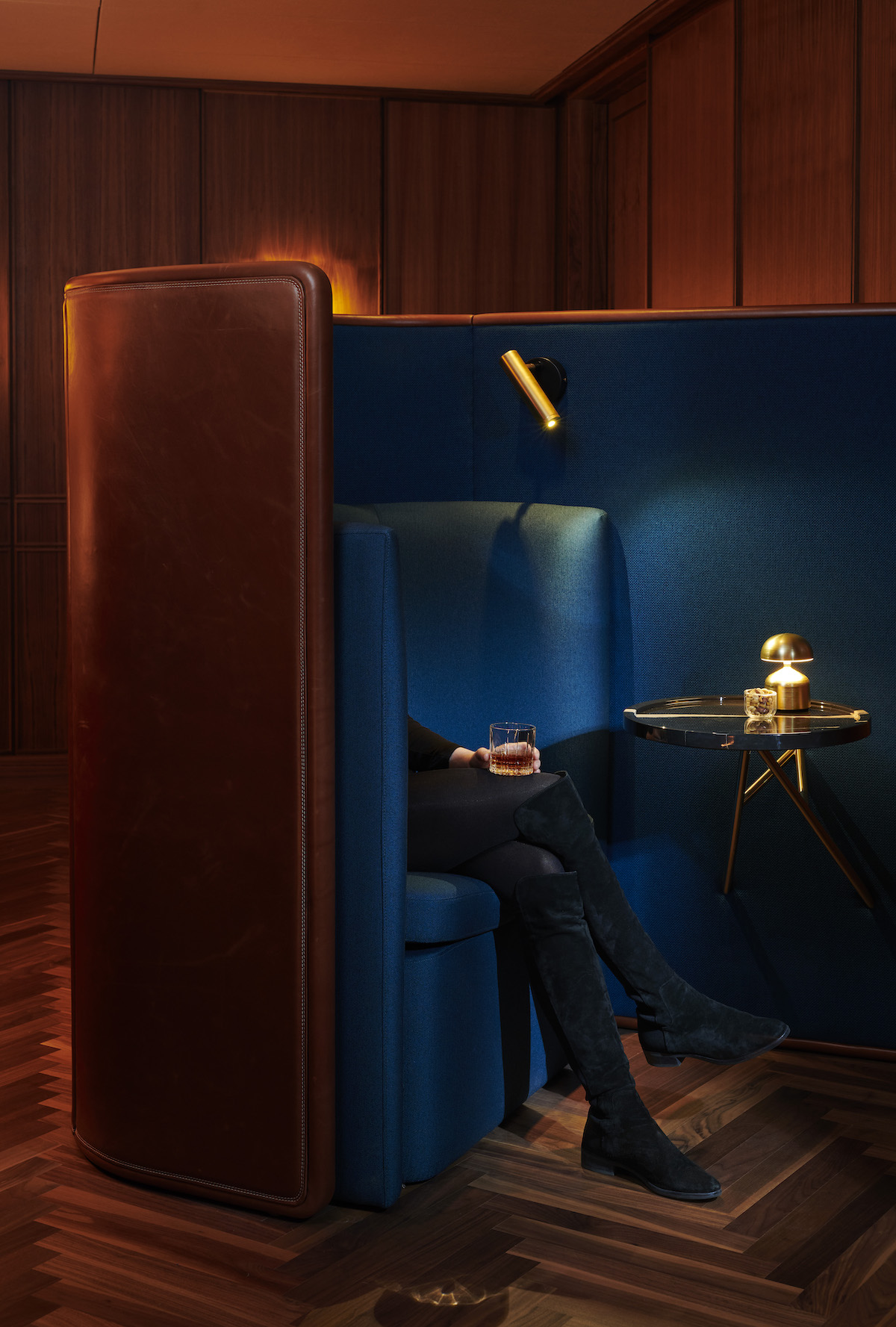
Image credit: Conran & Partners
HY: What is positive to see is the desire to merge cultures in luxury design within those large projects. It’s not a coincidence that a lot of the developments that are happening in Saudi Arabia are being designed by Western interior design professionals. I believe this is because the clients want these projects to feel accessible.
Gabriel Scott is one of our Recommended Suppliers and regularly features in our Supplier News section of the website. If you are interested in becoming one of our Recommended Suppliers, please email Katy Phillips.
Main image credit: Gabriel Scott





